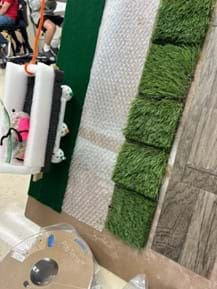
December 2025
The Dragging Dilemma: Overcoming Friction to Move Rocks Activity
Students explore the concept of dragging friction and participate in an activity to understand the cultural significance of the minga tradition. They then apply this knowledge to design a method for transporting materials up a hill. Their solution must reduce friction without altering the inclined plane, incorporate principles of the minga tradition, and utilize discarded materials commonly found in the area.
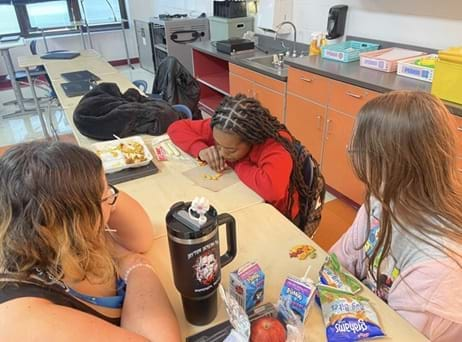
November 2025
For the Greater Good: Designing a Public Center That Strengthens the Community Activity
Students tackle the challenge of designing a community center by asking, “What does my community need, and what role do I play in shaping it?” They explore their community’s strengths and challenges, comparing them to the United Nations’ 17 Sustainable Development Goals to identify key design elements. By analyzing both local and global communities, they discover features that contribute to meaningful and sustainable development. Using the engineering design process, students apply their insights to digitally create a community center in SketchUp that reflects their city’s needs while aligning with sustainability goals. They refine their ideas through two rounds of peer feedback and redesign, fostering collaboration and critical thinking.
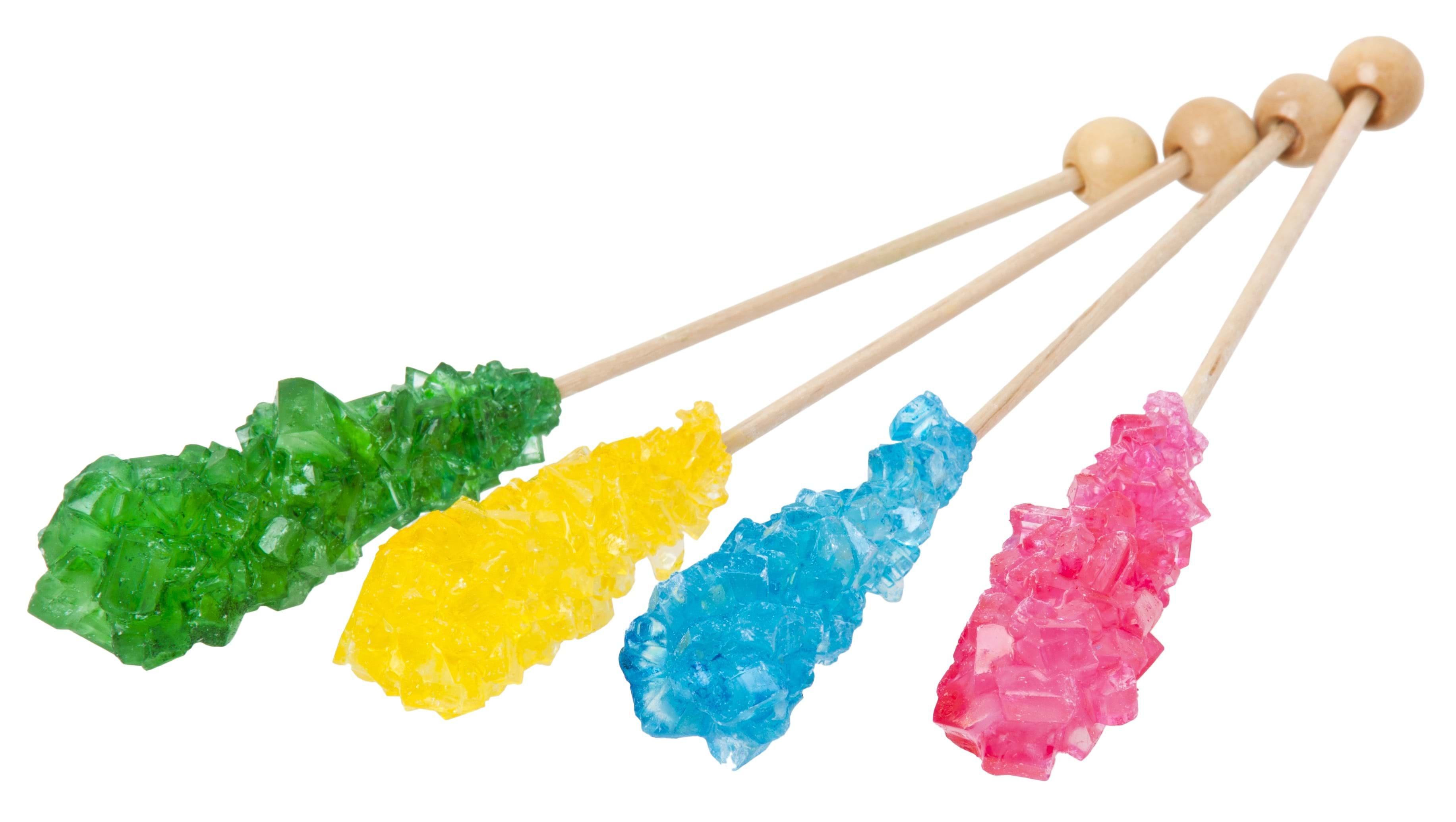
October 2025
Exploring the States of Matter with Rock Candy! Activity
Students explore the states of matter through engaging activities, culminating in making rock candy. The lesson starts with a sticky note exercise in which students visualize how molecules behave in solids, liquids, and gases, followed by a discussion on particle arrangement and energy levels. Next, in the "Crazy Particles Game," students act out molecular behavior, mimicking how particles move in different states of matter. A rock candy demonstration (or at-home experiment) provides a hands-on example of crystallization and phase changes. Students also use computer simulations to manipulate temperature and observe particle behavior, gaining practical insights into solubility, crystallization, and the transitions between solids, liquids, and gases.
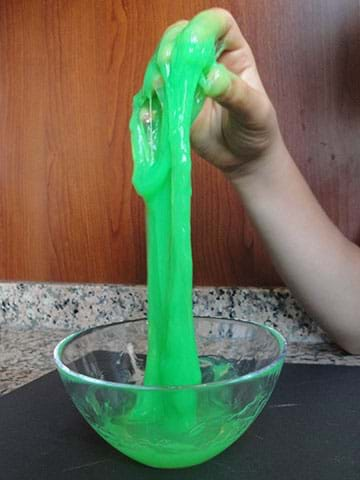
September 2025
Modeling and Testing Physical Properties of Slime Activity
An exploration of an engineering brief from a mock toy company leads students to explore a new slime with a unique set of characteristics. Using simple directions, students create five different types of slime and classify their slime properties against the criteria provided by the mock toy company. Based on their observations, they identify the best slime recipe based on the resulting physical properties.
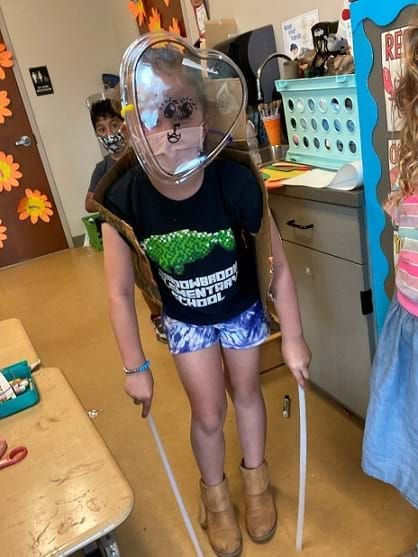
August 2025
Animal Adaptations Fashion Show Activity
Students will use what they have learned about animal survival and habitation to design and build their own “animals.” Students will be assigned a particular habitat and asked to determine what physical features would best help a living creature survive in that environment. They will first draw out their design and then face their next challenge; building a wearable model of their animal for our adaptation fashion show out of recyclable materials.
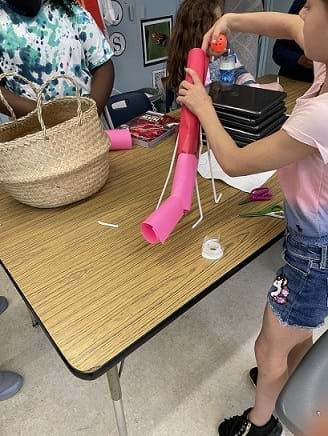
July 2025
Roll ‘n’ Roller Coaster Activity
Roller coasters are one of the most thrilling ways to feel engineering in action! In this activity, students act as mechanical, civil, and structural engineers as they design and build a roller coaster with their teammates that allows a table tennis ball to roll through the entire model unassisted. As students design and build their roller coaster, they will learn about kinetic and potential energy. Students explain that when the ball is placed at the top of the ramp, it has potential energy (stored energy). Once the ball is released, the potential energy is changed into kinetic energy (energy of motion). Students also identify the role that friction plays in stopping the ball. As students experience the engineering design process and create multiple iterations of their design, they will discover the key to allow the table tennis ball to gain enough momentum to cycle through the roller coaster unassisted is to create an initial slope that’s steep enough to allow the ball to cycle through.
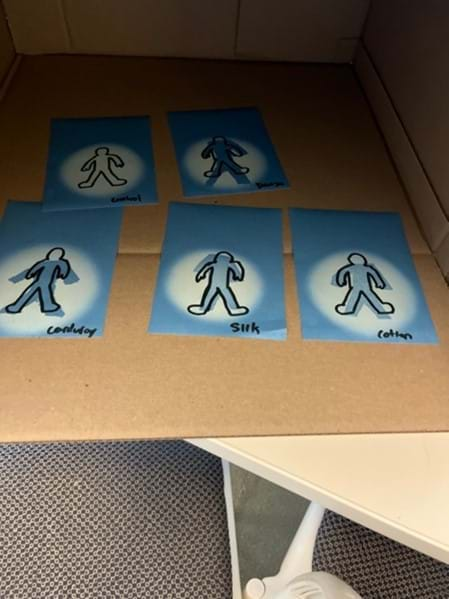
June 2025
Protective Fashion! Beach Edition Activity
Students design beach clothing that is both fashionable and functional, meeting two key criteria: the clothing stays cool (considering factors such as fabric weight and thickness) and effectively shields against ultraviolet (UV) radiation. By the end of this activity, students gain a deeper understanding of how UV radiation affects the skin and observe how different fabrics interact with UV light.
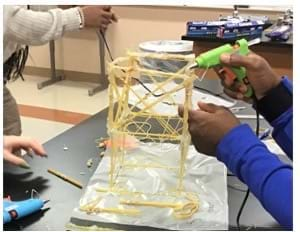
May 2025
Testing the Effects of an Earthquake on the Structural Integrity of a Building Activity
Students act as civil engineers and use the engineering design process to design and construct a building in an earthquake-prone area for a local developer. Students will have to make decisions on how many materials they use, because they will have a budget to meet. The building materials will include spaghetti noodles, toothpicks, flexible straws, marshmallows, and hot glue. They will also have to construct a building with specific size constraints and that can withstand a 2.5 lb. weight being placed on top of it. After construction, their building with the weight will be placed on a shake table. Students will measure the time their building remains standing during the earthquake. Students will review where their building first collapsed and redesign their building to try to make it last longer in a second earthquake. Finally, each group will use all of their information to develop a presentation of their results for the developer in hopes of winning the bid.
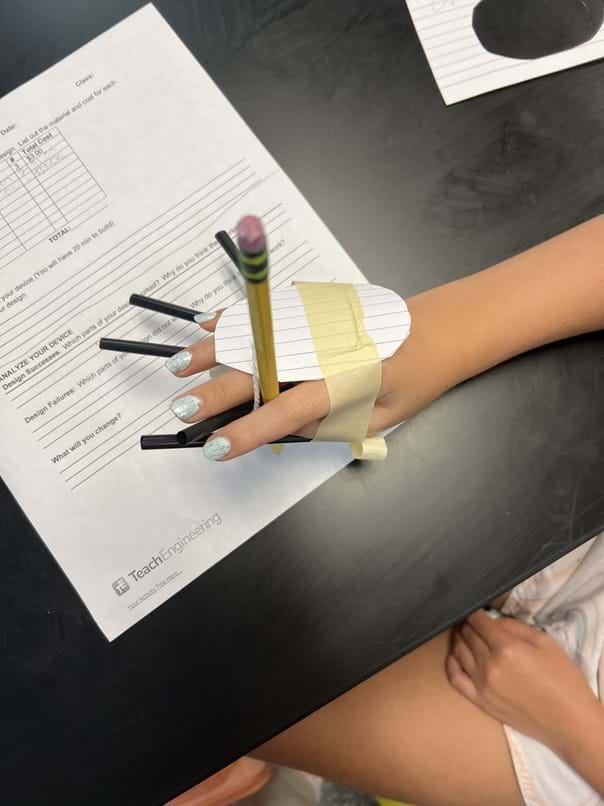
April 2025
Helping Hands: Engineering Solutions for Multiple Sclerosis Activity
Students work collaboratively to create a low-cost, easy-to-use device that helps individuals with multiple sclerosis (MS) securely hold a pencil, addressing difficulties with fine motor skills. After learning about MS and discussing how biomedical engineers develop assistive devices, students establish criteria and constraints for their designs. They brainstorm, sketch, and select materials, then build and test their prototypes within a set time. Following testing, they evaluate and improve their designs, ultimately presenting their final devices to the class.
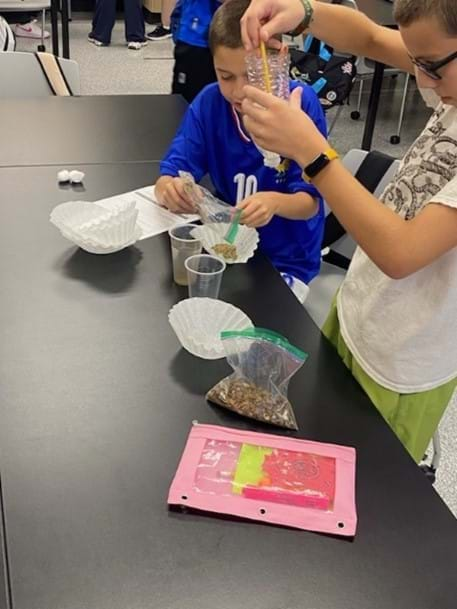
March 2025
Safe Drinking Water Activity
Students engage in hands-on activities that provide an opportunity to learn about biological and environmental engineering. Students learn about perfluoroalkyl and polyfluoroalkyl substances (PFAS), and how to remove them from drinking water. Students are given water from a local water source and must create a filtration system. The students will then take the filtered water and attempt to purify that water.
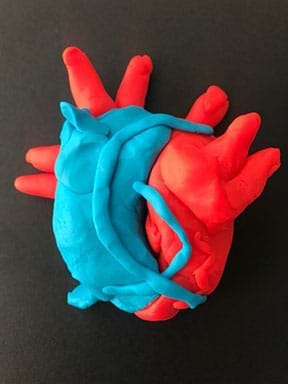
February 2025
Sensors for Our Hearts Activity
How can we design and employ simple sensors to give us accurate information about the human body? In this activity, students make sense of how the human heart works and heart health by using the engineering design process to create a model of a human heart and then use sensors to determine their success. Students will know their heart model is successful if the Arduino Nano Gesture, Proximity, Light & RGB sensor can classify if the student's model has a right atrium (blue) and a left atrium (red).
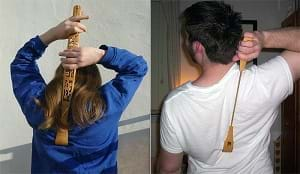
January 2025
Invent a Backscratcher from Everyday Materials Activity
Being able to recognize a problem and design a potential solution is the first step in the development of new and useful products. In this activity, students create devices to get "that pesky itch in the center of your back" using the engineering design process. Once the idea is thought through, students produce design schematics (sketches). They are given a variety of everyday materials and recyclables, from which they prototype their back-scratching devices.
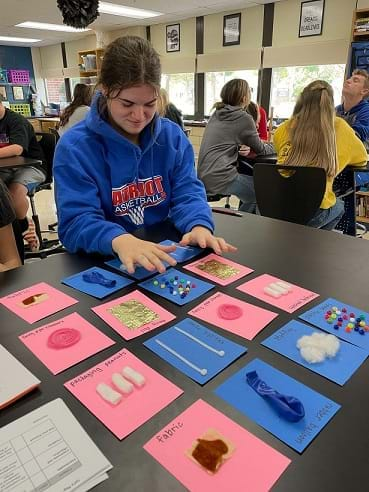
December 2024
Let’s Play: Accessible Toys for Visually Impaired Students Activity
By better understanding a specific type of disability through a cultural lens, students can better understand how to use the engineering design process to solve specific problems. In this activity, students research, brainstorm, and design a type of pre-braille (a type of braille that is used to introduce children at a young age) toy that is readily accessible to young students. They then create and test their toys while gaining information on what needs to be improved within their design through feedback provided by their classmates and teachers. To show understanding of the objective, students create a marketing poster explaining their findings and the use of their toy.
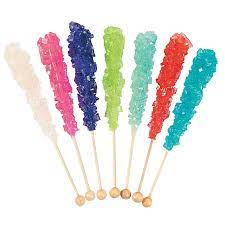
November 2024
Rock Candy Your Body: Exploring Crystallization Activity
Students see and learn how crystallization and inhibition occur by making sugar crystals with and without additives in a supersaturation solution, testing to see how the additives may alter crystallization, such as by improving crystal growth by more or larger crystals. After three days, students analyze the differences between the control crystals and those grown with additives, researching and attempting to deduce why certain additives blocked crystallization, showed no change or improved growth. Students relate what they learn from the rock candy experimentation to engineering drug researchers who design medicines for targeted purposes in the human body.
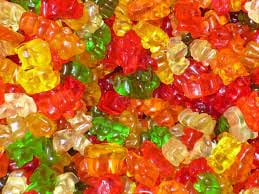
October 2024
Engineering the Perfect Gummy Candy Activity
Students use a recipe to prepare a hydrogel gummy snack, which has a similar consistency to that found in a Haribo® gummy product. They must convert the juice and gelatin-based recipe from US customary units to metric units with dimensional analysis conversion. After unit conversion, teams are given different gelatin quantities and design their gummy snacks. Once the candies have solidified, student groups compare the gummy snacks are for viscosity and taste. After a taste test, teams reflect on their experiment and brainstorm ways to iterate a better gummy recipe.
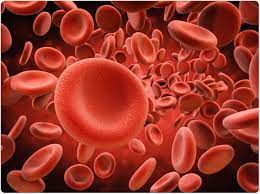
September 2024
Blood Cell Basics Activity
Summary Students make a proportional model of blood out of red gelatin, a plastic bag, and rice. They learn about the different components that make up blood and investigate what happens when the arteries and veins experience buildup from cholesterol. They will then work in pairs to brainstorm ways to clean our clogged arteries.
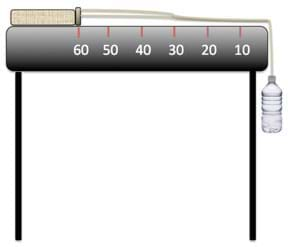
August 2024
Sliding Textbooks Activity
Students explore and apply their knowledge of forces, friction, acceleration and gravity in a two-part experiment. First, student groups measure the average acceleration of a textbook pulled along a table by varying weights (with optional extensions, such as with the addition of a pulley or an inclined plane). Then, with a simple modification to the same experimental setup, teams test different surfaces for the effects of friction, graphing and analyzing their results. Students also consider the real-world applications for high- and low-friction surfaces for different situations and purposes, seeing how forces play a role in engineering design and material choices.
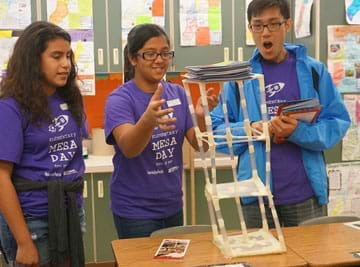
July 2024
The Strongest Strongholds Activity
Students work together in small groups, while competing with other teams, to explore the engineering design process through a tower building challenge. They are given a set of design constraints and then conduct online research to learn basic tower-building concepts. During a two-day process and using only tape and plastic drinking straws, teams design and build the strongest possible structure. They refine their designs, incorporating information learned from testing and competing teams, to create stronger straw towers using fewer resources (fewer straws). They calculate strength-to-weight ratios to determine the winning design.
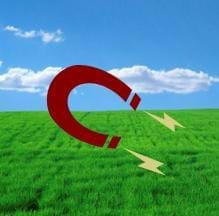
June 2024
Visualizing Magnetic Field Lines Activity
Students take the concept of etch-a-sketch a step further. Using iron filings, they begin visualizing magnetic field lines. To do so, they use a compass to read the direction of the magnet's magnetic field. Then, as they rotate the filings about the magnet, they observe the behavior of iron filings near the magnet. Finally, students study the behavior of iron filings suspended in mineral oil, which displays the magnetic field in three dimensions.
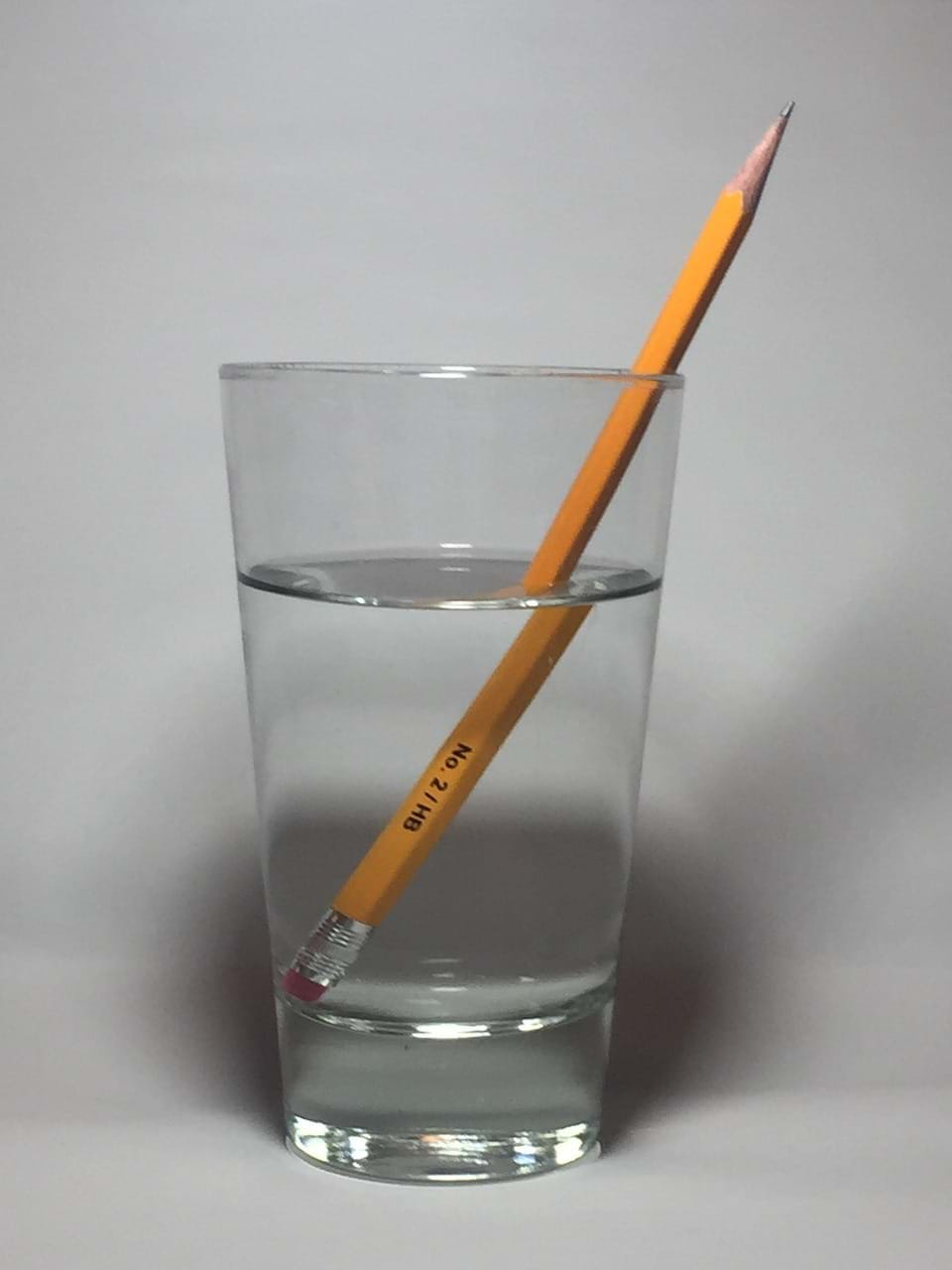
May 2024
Stations of Light Activity
Student groups rotate through four stations to examine light energy behavior: refraction, magnification, prisms and polarization. They see how a beam of light is refracted (bent) through various transparent mediums. While learning how a magnifying glass works, students see how the orientation of an image changes with the distance of the lens from its focal point. They also discover how a prism works by refracting light and making rainbows. And, students investigate the polar nature of light using sunglasses and polarized light film.
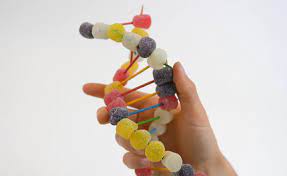
April 2024
DNA Build Activity
Students reinforce their knowledge that DNA is the genetic material for all living things by modeling it using toothpicks and gumdrops that represent the four biochemicals (adenine, thiamine, guanine, and cytosine) that pair with each other in a specific pattern, making a double helix. They investigate specific DNA sequences that code for certain physical characteristics such as eye and hair color. Student teams trade DNA "strands" and de-code the genetic sequences to determine the physical characteristics (phenotype) displayed by the strands (genotype) from other groups. Students extend their knowledge to learn about DNA fingerprinting and recognizing DNA alterations that may result in genetic disorders.

March 2024
Trash Talkin' Activity
Students collect, categorize, weigh, and analyze classroom solid waste. The class collects waste for a week and then student groups spend a day sorting and analyzing the garbage with respect to recyclable and non-recyclable items. They discuss ways that engineers have helped to reduce the accumulation of solid waste.
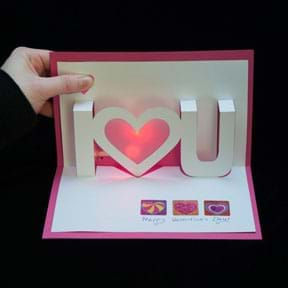
February 2024
Paper Circuits Greeting Cards Activity
Light up your love with paper circuits this February—no soldering required! Create a sure-to-impress flashing birthday card or design a light-up Christmas card—all with paper circuits! In this activity, students are guided through the process to create simple paper circuitry using only copper tape, a coin cell battery, a light-emitting diode (LED) and small electronic components such as a LilyPad Button Board. Making light-up greeting cards with paper circuitry is great way to teach the basics of how circuits function while giving students an outlet to express their artistic creativity.
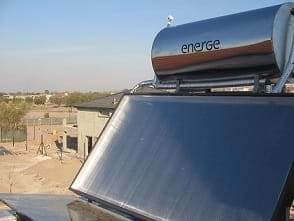
January 2024
Solar Water Heater Activity
Student teams design and build solar water heating devices that mimic those used in residences to capture energy in the form of solar radiation and convert it to thermal energy. This thermal energy is next transferred to water (to be used as domestic hot water) in the form of heat. In doing this, students gain a better understanding of the three different types of heat transfer, each of which plays a role in the solar water heater design. Once the model devices are constructed, students perform efficiency calculations and compare designs.
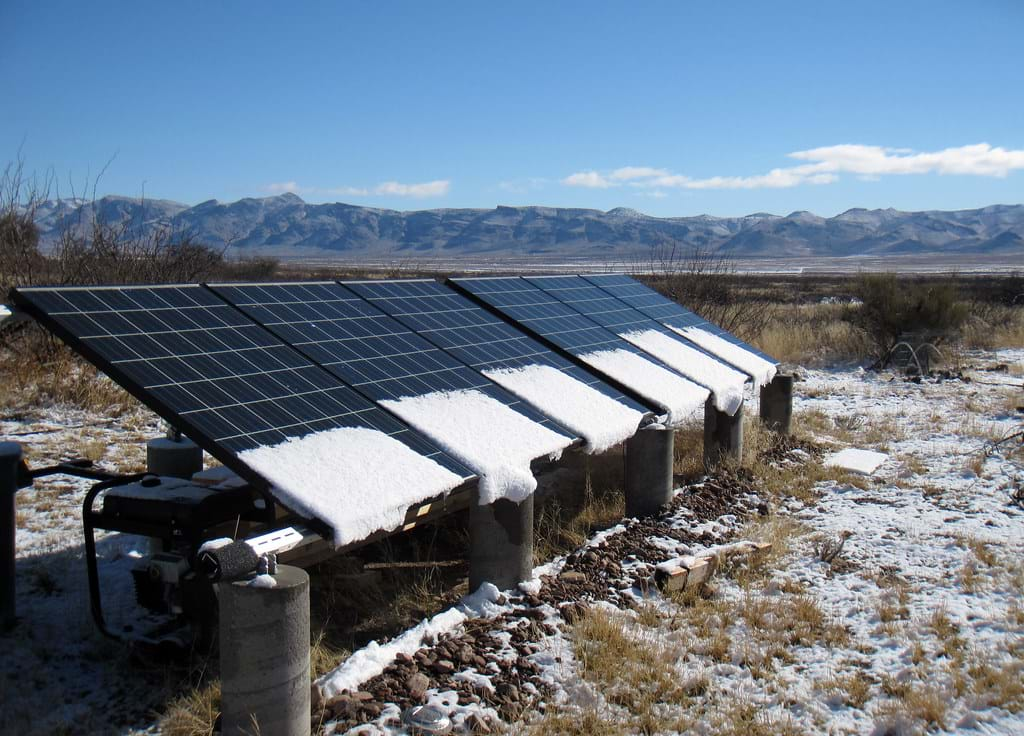
December 2023
Photovoltaics & Temperature: Ice, Ice, PV! Activity
Students examine how the power output of a photovoltaic (PV) solar panel is affected by temperature changes. Using a 100-watt lamp and a small PV panel connected to a digital multimeter, teams vary the temperature of the panel and record the resulting voltage output. They plot the panel's power output and calculate the panel's temperature coefficient.
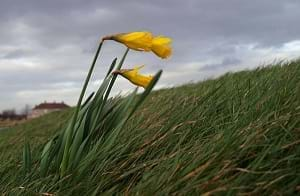
November 2023
Wild Wind! Making Weather Vanes to Find Prevailing Winds Activity
Students learn the difference between global, prevailing, and local winds. They make wind vanes out of paper, straws, and soda bottles and use them to measure wind direction over time. They analyze their data to draw conclusions about the local prevailing winds.
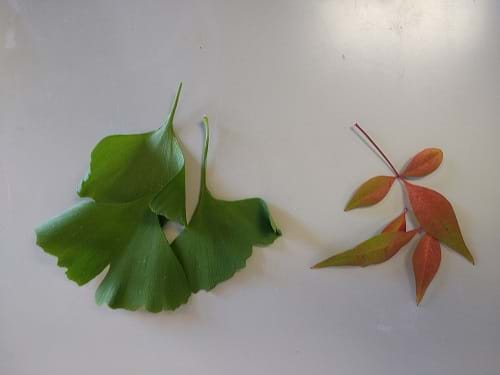
October 2023
Fun with Leaf Chromatography! Activity
Shine a light on the fascinating world of chromatography! Students investigate different colored pigments in a variety of leaves. By using isopropanol and chromatography paper, students separate the different pigments that make up the color of the leaf. They also learn about pigmentation by making sense of the process of the phenomena of photosynthesis, and that producers (or plants), have chlorophyll which absorbs the sunlight to produce the food they need to survive.
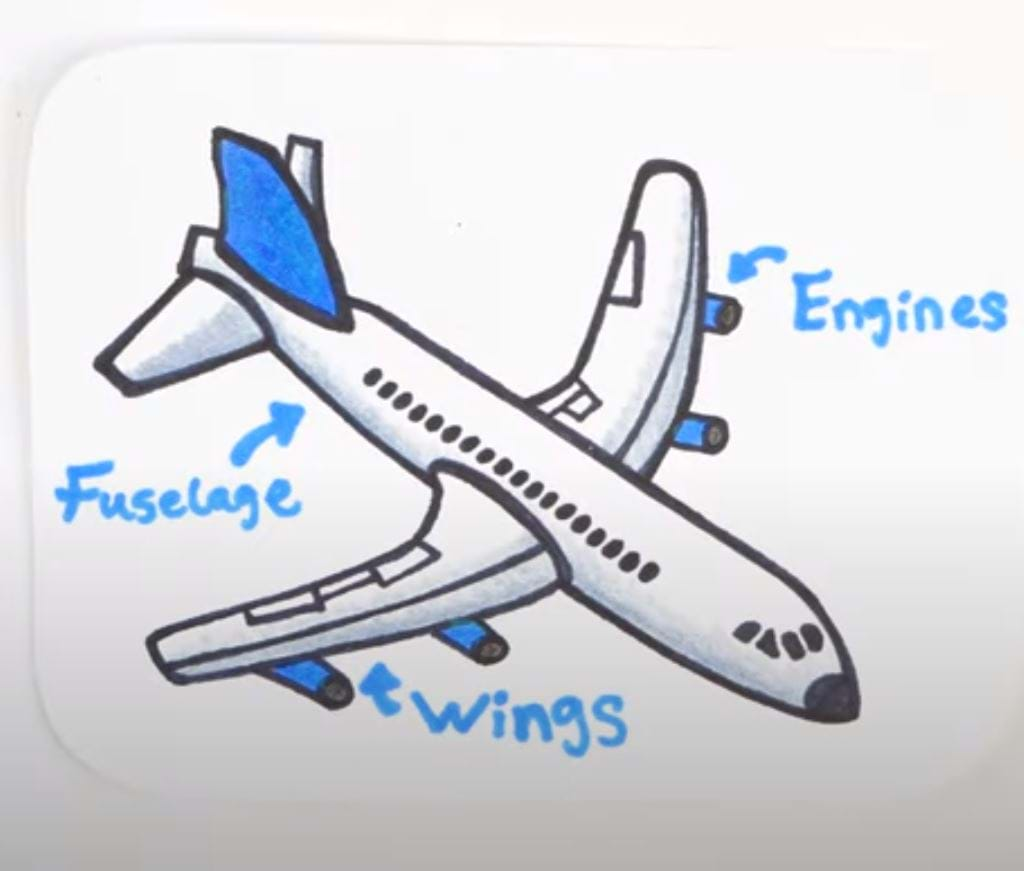
September 2023
Absorbing Airplane Noise! Activity
Did you know engineers play a key role in designing buildings that can withstand or limit the amount of noise from nearby machines? In this activity, students engineer a solution to reduce airplane noise for a school located directly next to a large international airport. Using the engineering design process, they construct a model building that best keeps out loud sound so that students in the school are not disturbed throughout the day.
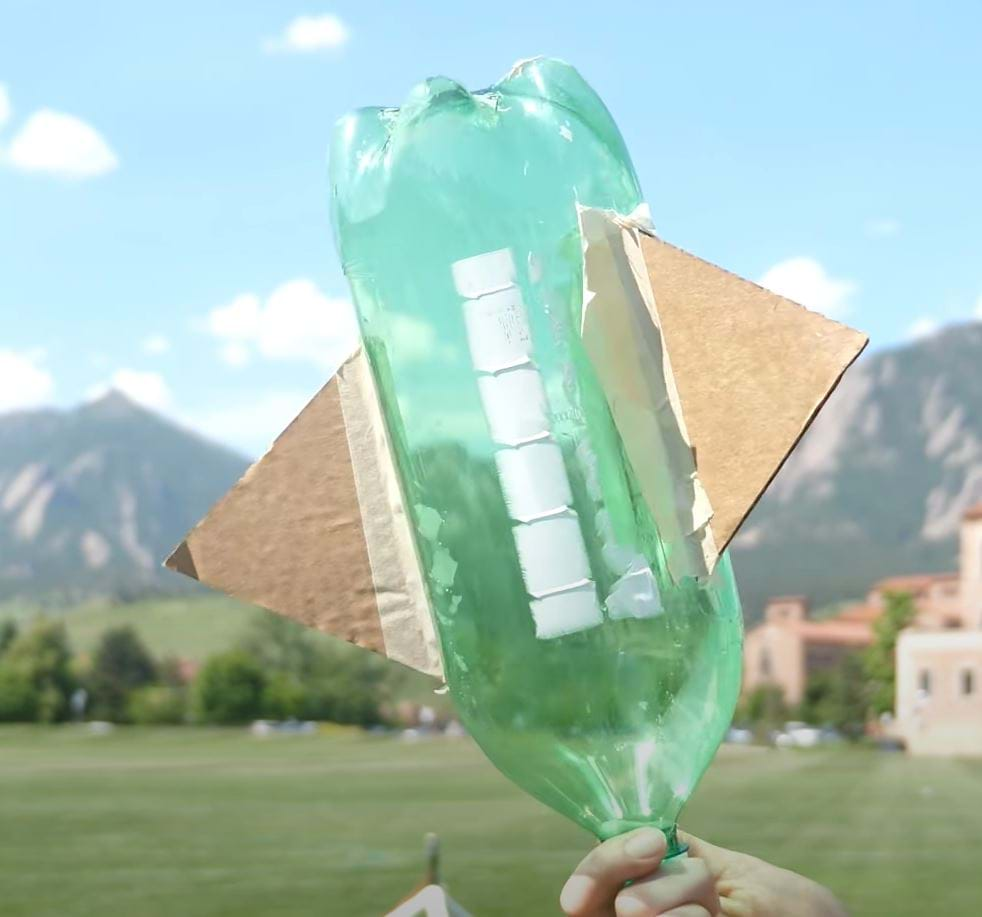
August 2023
Water Bottle Rockets Activity
What makes rockets fly straight? What makes rockets fly far? Why use water to make the rocket fly? Students are challenged to design and build rockets from two-liter plastic soda bottles that travel as far and straight as possible or stay aloft as long as possible!

July 2023
The Magician's Catapult Activity
Reinforce student understanding of compound machines by building a catapult! This compound machine consists of a lever and a wheel-and-axel. Catapults have been designed by engineers for a variety of purposes — from lifting boulders into the air for warfare to human beings for entertainment; the projectiles in this activity are grapes for a magic act.


